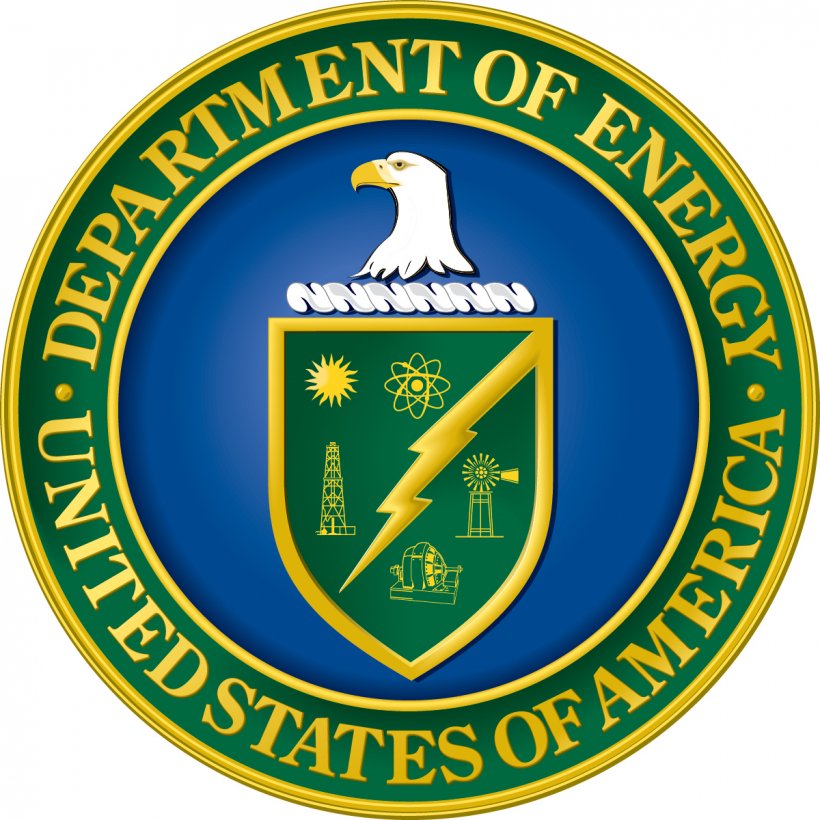
RadWaste Monitor Vol. 15 No. 02
Visit Archives | Return to Issue PDF
Visit Archives | Return to Issue PDF
RadWaste & Materials Monitor
Article 1 of 10
January 13, 2022
NE-1 Huff Says ‘Creative’ Responses Coming in to Interim Storage RFI

As the Department of Energy inches towards the March deadline for its federal interim storage information request, the agency’s nuclear energy chief is impressed with some of the responses already rolling in, she said this week.
“We’re coming into this with…
Partner Content